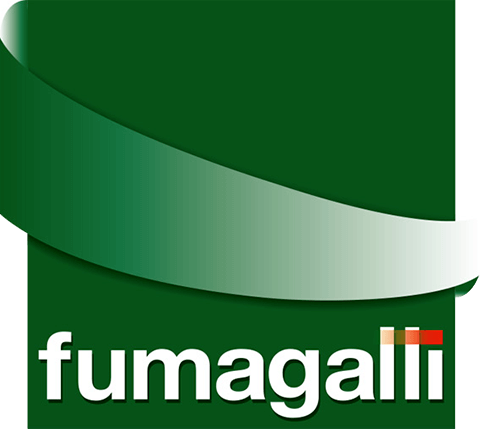
Only by monitoring each and every stage in the creation of a product can we get the whole picture.
Measuring the level of sustainability in food production inevitably involves analysing each of its stages and processes. As far as cured meats are concerned, this analysis begins with breeding, examining how it takes place and the energy resources it requires, as well as energy consumption for the production of the feed and its transportation. The second stage in the process involves transferring the meat to the factory, where it is processed and the end products are stored for curing or awaiting distribution. The conditions in which these processes take place have an affect not only on sustainability but on the safety and quality of production. The final stage includes the packing, distribution and life of the product before its expiry. This third stage is possibly the easiest in which to measure sustainability, taking into consideration the energy needed to maintain the cold chain to store the cured meats and the emissions to transport them for distribution. There is another parameter that influences the sustainability of a cured meat which is important to consider: its packaging. Packed products use a lot of plastic. To address this issue, Fumagalli Industria Alimentari SpA has created its own “Meno plastica” (Less plastic) packaging. The “Meno plastica” range of sliced meats was designed as a packaging option that was consistent with the company’s mission for sustainable processes and products. Thanks to the use of a special barrier-coated thermoformable paper, the overall weight of the trays has been reduced and around 40% less plastic is used.
